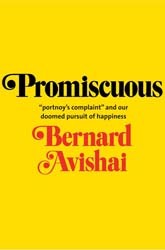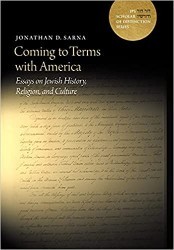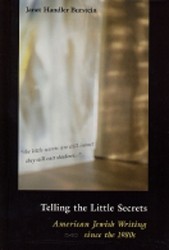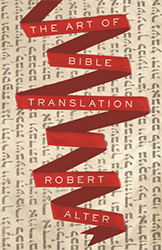The Siegels put their encyclopedic knowledge of the Golden Age of Radio to good use. Their study brings together virtually every significant mention of Jews in popular American radio programs from 1920 to 1960. What emerges is a fascinating portrait of how popular culture both reflected and shaped public perceptions of who and what Jews were, at once contributing to and battling anti-Semitism and intolerance.
The references in the book, and the accompanying CD, range from burlesque dialect comedy to more realistic series like The Goldbergs and Abie’s Irish Rose, from sober religious and cultural programs like The Eternal Light to the rantings of Father Coughlin. Against the background of the rise of Nazism in Europe, considerable attention is paid to the efforts of organizations like the United Jewish Laymen’s Committee, on the one hand, to promote certain images and causes, and networks and sponsors, on the other, wary of being drawn into any kind of social or political controversy.
Written in a breezy style that occasionally strays into cliche, Radio and the Jews emphasizes breadth of coverage over depth of analysis. But it remains a valuable work for the vast majority of us who have no direct memory of the Golden Age of Radio. CD, index, notes.





